Not all that long ago, shooting was strictly for men. Anything to do with a firearm was off limits for women around the world. As feminists fought for equality, they also fought for the right to defend themselves and their loved ones. Incidentally, the great thing about a firearm is that it doesn’t matter who’s pulling the trigger, it will still do its job. That’s why tactical firearm training for women is just as important for women as it is for men. Firearm and tactical training equality is for everyone and women are becoming more and more present in the ranges, in shooting competitions, and amongst the thousands of people with their concealed permits. In the spotlight of the 21st century, women are now training to become tactical beasts with any firearm they can get their hands on.
#1: Find Your Tribe
So, you’re looking to become a tactical beast. The first step, like with any activity, is to find a group of like-minded people. Look for a group of women who communicate well, accept all types of people, and are willing to learn alongside you. This is not to exclude any group of like-minded men. Rather, you can go to the range and learn alongside men, but if you’re looking for a strong connection, you’re better off finding a group of women. Some common groups of women can be found in The Well Armed Women organization, the NRA Women’s groups, Style my Tactical, and IDPA groups in your local area.
The Well Armed Woman (TWAW) is perfect for learning say’s Carrie Lightfoot, “The ins and outs of armed self-defense, gun ownership, guns safety, shooting skills and products for women shooters”. TWAR has a plethora of resources on their website, and groups of women all over the country! The NRA also has a well-established program for women who wish to get connected and work on their skill set. They offer postal matches, a wilderness escape, and clinics. IDPA is a nationwide organization that allows you to connect with both men and women, so if you are looking exclusively for women, stick with TWAR or the NRA.
Don’t be afraid to reach out to any of these groups! Even if you’ve never picked up a firearm before, that’s alright; everyone has to start somewhere. What better way to do it than with a group of like-minded women who will support you every step of the way?
#2: Practice As Often As You Can
Practice makes perfect, right? Like any sport or skill, tactical firearm training requires practice, practice, and more practice. Once you’ve found a group to call your own, find a range that has an environment that fits you, not the one you think you need to go to. For some of us, we started shooting into a mound of dirt without many (read: any) safety requirements, just to get comfortable*. Others went to the cleanest, strictest, and most pristine range they could find. What’s important is you find the place that fits you best.
If you’re a fan of podcasts, there are many to choose from! The NRA recommends these: Wild Game Hunting, Survivalist Prepper, and Women’s Outdoor News. Check out blogs, and your local bookstore–they will likely have more information on tactical firearm training tips for women. Online courses offer lots of information, too. However, we recommend sticking to hands-on learning.
Take all of the above recommendations and make a range date! Forget going out for margarita’s on your Saturday–load up for your favorite firearms and call your girlfriends and head to the range. Not only does it help mental training and muscle memory, but it’s also a great stress reliever and a different way to bond with your newfound friends. Make sure to familiarize yourself with different types of firearms. Going out with your friends to the range makes that an option.
#3: Select the Right Firearm for You
You’re not going to be able to pick the right firearm by picking one straight out of the case. Rather, this is where your friends and resources come into play. Try them out before you buy! Go to a range where you can rent out various firearms for the day, and try them all out. Some women will swear by a 9mm, whereas others love 45’s. Watch YouTube videos, ask questions, and learn what you need to look for in your firearms.
Each state also varies with their gun laws. Some do not allow specific caliber, brand, or where you carry it with you. Training, home protection, conceal carry options, and even road trips are all factors that you need to consider and research before selecting the right firearm for you. For example, driving from Texas to Maryland, you pass through several states. To prepare for that drive, you need to look up the gun laws for each and set reminders on your phone to stop and adjust as necessary. Driving into Maryland, you must have your ammo and firearm in separate, locked cases, and in different parts of the vehicle. Don’t get caught with a dear in the headlights look when a cop is asking for your license and registration.
Think about total costs and budget– safety, holsters, storage, and in-home precautions. Firearms aren’t cheap (nor should you always go with the cheapest option). It’s easy to get carried away with accessories, so find the firearm that’s right for you and the ammo it needs and start there. There are hundreds of brands and options out there, so don’t let them overwhelm you or spend a ton of money early on.
#4: Build a Trustworthy Network + Ask Questions
To reiterate what we mentioned before, don’t hesitate to ask questions. Without spending any money, you can learn a wealth of knowledge. There’s no such thing as a stupid question when it comes to wielding a weapon. Ask all of them. What has a lot of kick? What’s the price difference on ammunition? Should I get a revolver or a pistol? What kinds of firearms are out there? Which way does the ammo go in the magazine? What’s the difference between a pistol and revolver? Make a list of questions and find a resource that you trust. Once you’ve got those answers, you can start testing firearms out that meet your initial criteria. They are all good questions, especially when you are learning the fundamentals. Once you’ve got your questions answered, then you’ll have a better understanding of which classes or training to enroll in.
#5 Clothing and Accessories
Before we delve into the “do’s and don’ts” of clothing and apparel for tactical firearm training for women, we need to emphasize that no one is allowed to tell you how to dress. Be you and wear what you want–only your opinion matters. However, as a woman who enjoys the tactical firearms community, there are some tips to give you before you show up on your first day.
Avoid anything low cut or tight. When ejected brass falls down the front of your shirt… it’s not a good day. If you have a tight shirt on, it’ll be hard to get out, and could leave a burn mark. You’ll also want to wear close-toed shoes. Just like with brass going down your shirt, the tops of your feet are also very sensitive to heat. Make sure your hair is out of your face, especially if you are at an outdoor range. Keep your clothes and accessories simple. You don’t want a ring to get caught on a piece of equipment or an earring to catch a piece of brass. Your motto when getting ready should be to keep it as simple as possible: t-shirts, jeans you can move in, boots, with your hair back.
Lastly, you should remember that a firearm doesn’t level the playing field. It’s the training behind it that makes all the difference. So, go ask those questions, do the research, and take the needed time to invest in the “why” behind tactical training for women.


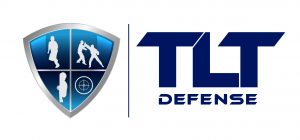
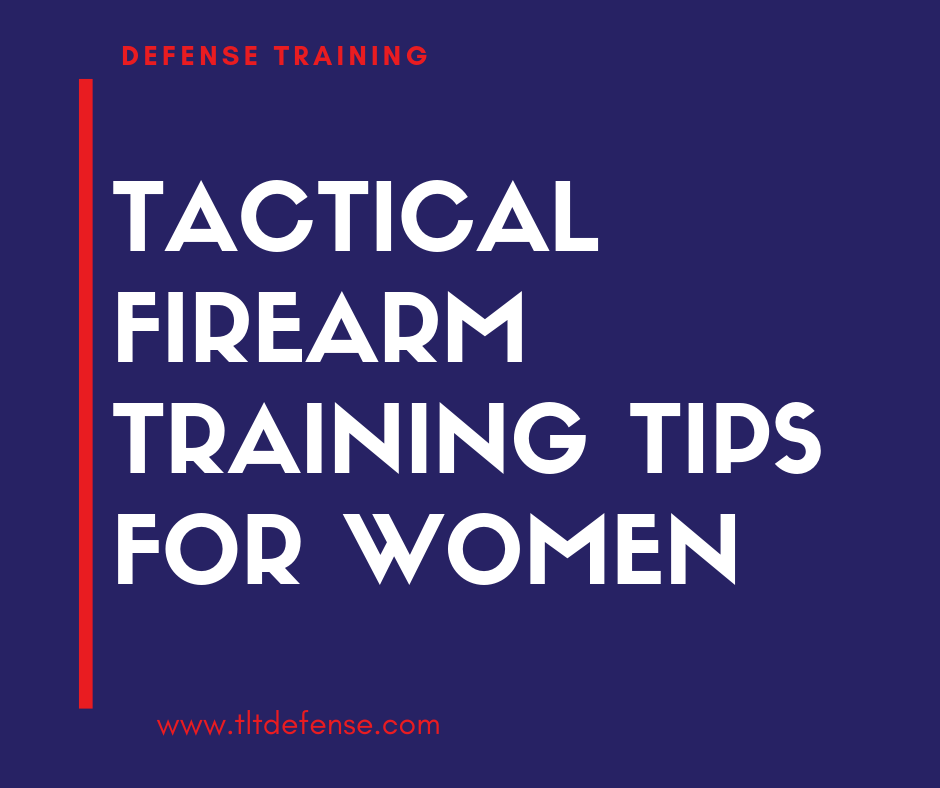
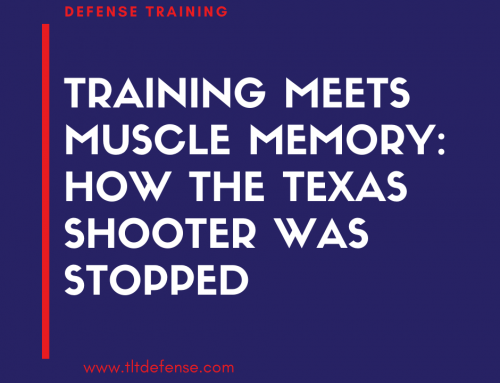

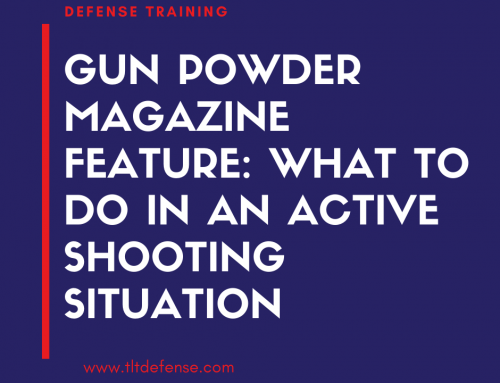
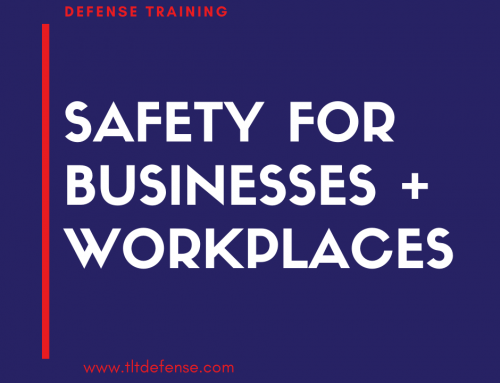
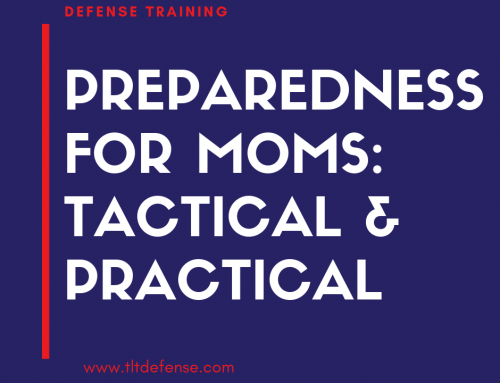
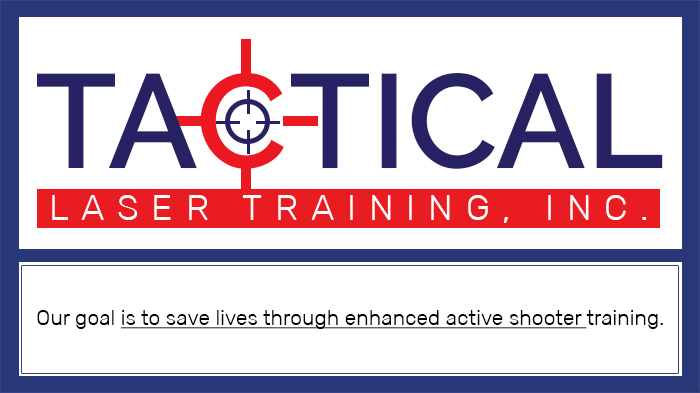
Social Contact